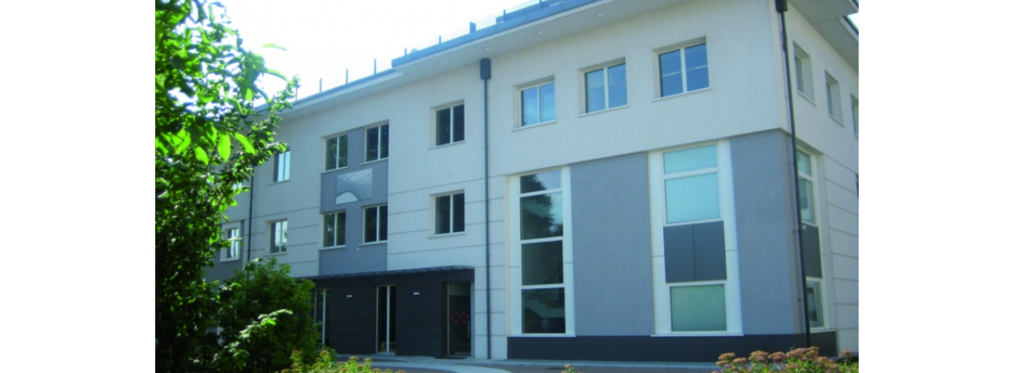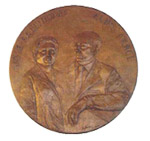
- La Fondazione nasce nel 2007 grazie alla sinergia pubblico privato creatasi per volontà di due soci fondatori.
A public partner: theCompany Services to the Person (ASP) Golgi Redaelli of Milan which manages three institutes for the elderly (Golgi of Abbiategrasso, Redaelli of Milan, Redaelli of Vimodrone) with a total of 1,500 beds, both health (rehabilitation) and social-health (RSA), with specialized wards for dementia patients, persistent vegetative states, terminal patients.
A private partner: the "Cenci Gallingani" Foundation of Cesano Boscone (MI), born from the will of an entrepreneur who destined his patrimony to promote innovation in elderly care services, in particular for people with dementia. The Cenci Gallingani Foundation has already carried out care initiatives (Villa Sormani Day Care Center in collaboration with the Istituto Sacra Famiglia) and studies (research on the relational quality in RSAs in collaboration with the Catholic University of Milan).


